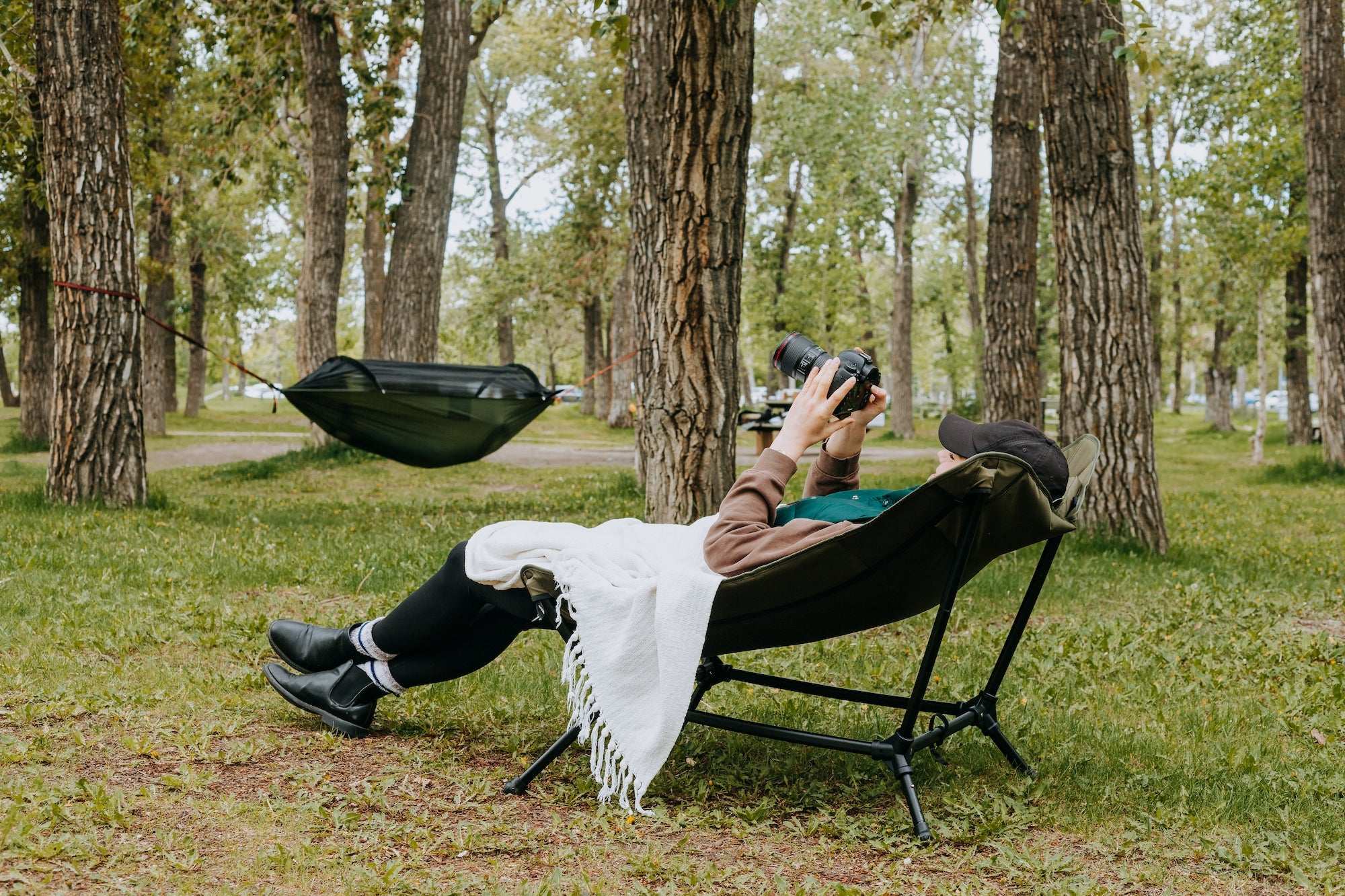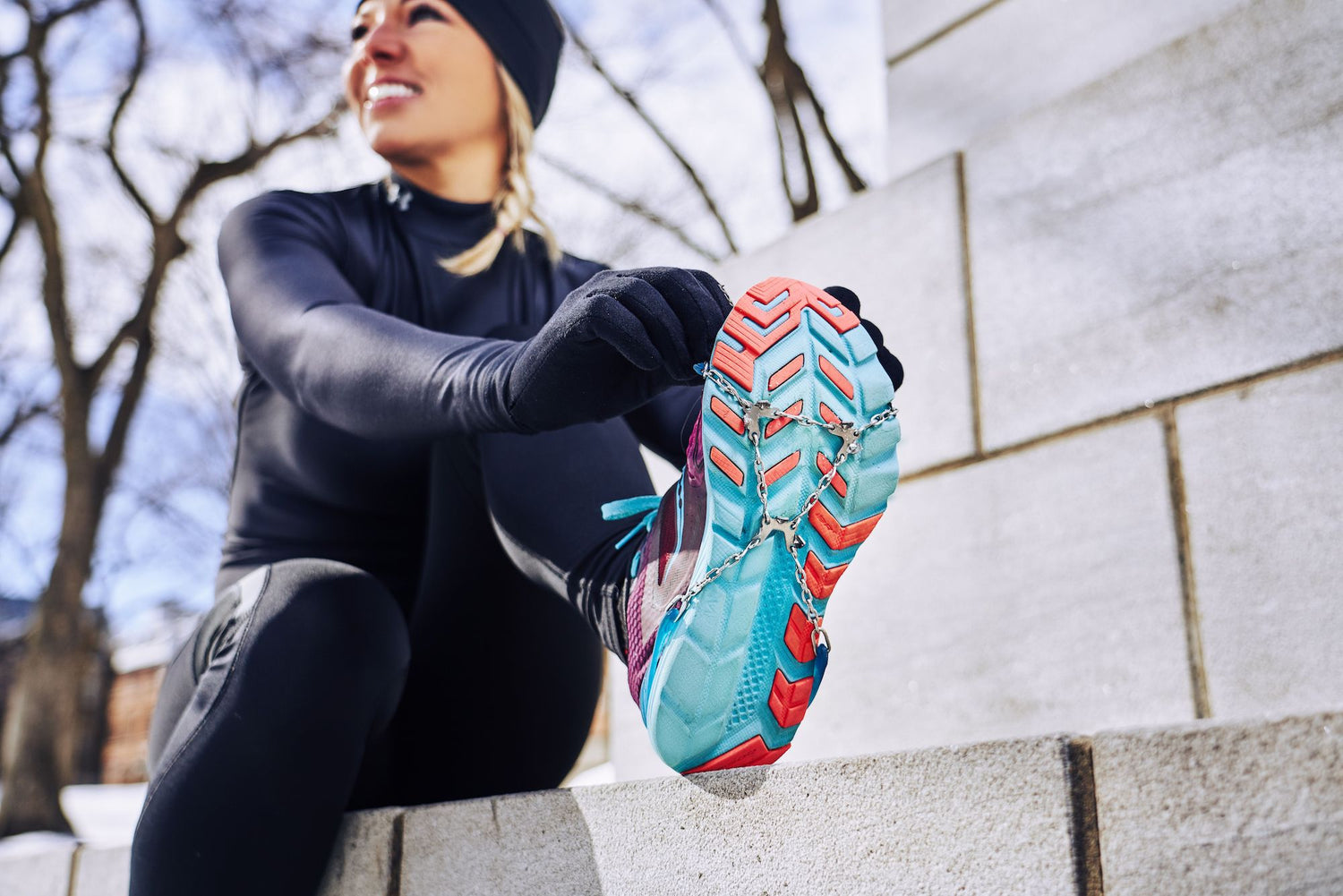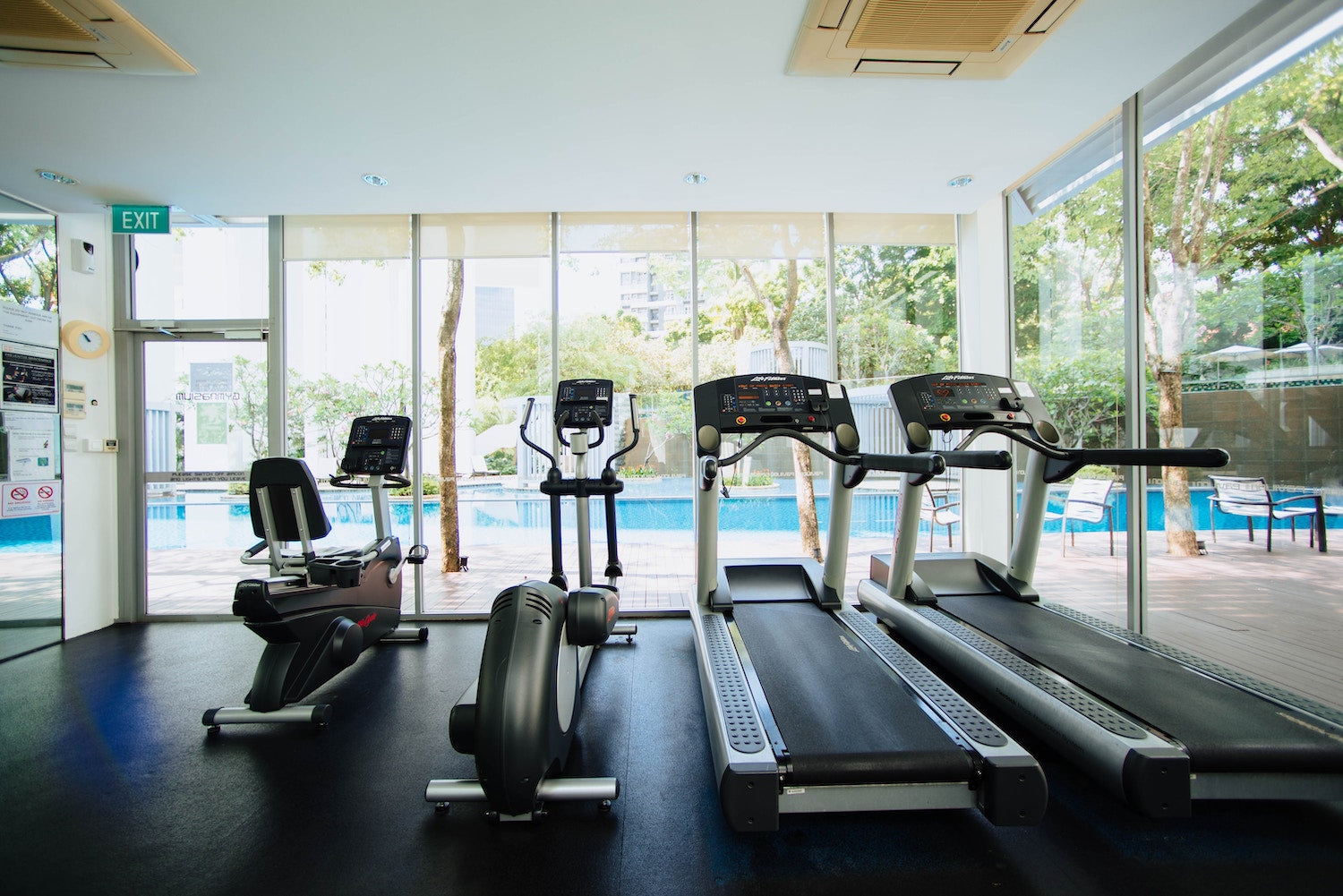Perhaps the biggest mistake that people make during the cold, snowy winter months is assuming that winter boots will protect them from slipping and falling on slick surfaces. But, as studies by Canadian researchers have shown, that is not the case. With that in mind, here are a few practical tips on how to avoid slipping and falling the next you head out in the snow and ice.
Change your stride
When it’s snowy out, you will need to take it slower. So forget about hurrying from place to place, and build in plenty of extra time to navigate potentially hazardous sidewalks. And, not only should you be walking slower, you should also be changing your stride so that as much of your foot lands on the ground with each step. This is very different from the typical heel-to-toe motion that most people use during an average day. For some people, the optimal stride is much more of a shuffling motion, where the feet never really leave the surface.
Warm up before heading outside
Wintry weather is no stranger to Canada, and many people assume that they can tackle the snow and ice without limbering up beforehand. According to some physical therapists, though, you should treat walking in cold, snowy weather the same way you would any other outdoor activity. Before activity, it’s important to warm up and stretch. In addition to stretching, you should also think about exercises such as squats and lunges that can firm up the muscles needed to stabilize you if you slip.
Use crampons for your boots and shoes
Especially on icy surfaces, you will need an additional source of winter shoe traction. Winter ice spikes or crampons that slip on and off your shoes and can be adjusted for the size of your foot are best. From icy sidewalks to snowy trails, crampons can help you keep your balance and move confidently through all wintry conditions, even when visibility is very low. The best crampons include steel spikes strategically placed for maximum traction.
Keep your hands free
This is really just a bit of common sense – you are going to be much better prepared to stabilize yourself in the event of a fall if your hands are free. So think about swapping out your briefcase or purse for a backpack (or, at least, a bag that you sling over your shoulders). Your free hands can also help to brace your body if you do start to fall.
Watch out for high-risk areas
Finally, keep a careful eye out for winter traction trouble spots. Getting into and out of a vehicle is one trouble spot, as is an icy front porch. As a rule of thumb, try to avoid uneven surfaces, as well as any surfaces with an incline. (If you are hiking uphill, even at a slight incline, you will definitely want to invest in a pair of sturdy, stainless steel winter crampons for your boots).
**
It’s never too early to start preparing for winter weather. A little winter safety knowledge goes a long way. So, in addition to warming up before going out for an icy stroll, pack along a pair of crampons in your bag and keep your eyes out for potential danger spots. Doing so will help keep you upright and avoid any slips or falls during the long Canadian winter.
Don't forget to sign up to our mailing list to get more articles, new product updates and exclusives deals to all our members!





Leave a comment
All comments are moderated before being published.
This site is protected by hCaptcha and the hCaptcha Privacy Policy and Terms of Service apply.